Can’t wait to try out some of these plants in my woodland garden.

6 SPECTACULAR SHADE PLANTS
|
|
Time to read 5 min
|
|
Time to read 5 min
It can be frustrating when you have an empty spot in your landscape that you want to fill, but it’s too shaded for your favorite bloomer. Well, fear no more! Today, we will go through some of our favorite shrubs that grow in the shade and can bring new life to any shade garden. So, without further ado, here are 6 Shade Plants for Shady Gardens!
Pieris is ideal for shaded gardens and landscapes. These diverse species include varieties tall enough to be a privacy hedge and short enough to function as low-borders. Make sure your selected variety works with the sun exposure in your intended location. Although shade-friendly, some pieris tolerate full shade, while others need at least partial sun.
Looking for a medium-height pieris with variegated foliage? Check out the Pieris japonica ‘Variegata’.
Need a more considerably sized variety? Please take a look at the Pieris forrestii, they reach around 10 feet tall.
Don’t care for white blooms? The ‘Valley Valentine’ Pieris japonica features eye-catching Magenta red blooms.
As far as we’re concerned, the Mountain Snow Pieris from Southern Living Plants has it all. From rich evergreen foliage and showy bronze new foliage to gorgeous bloom displays. It’s compact, disease/pest resistant, and heat tolerant, but arguably best of all, it can be grown in full shade!
The Mountain Snow produces crisp white, bell-shaped bloom panicles that explode onto the scene in Winter and early Spring, coating nearly the entire shrub. If you listen closely on a windy day, you can hear these petite blooms clinking against each other, slightly reminiscent of seashell chimes.
Mahonia is always a popular choice for shaded areas. The traditional Mahonia most people know is upright and statuesque, with leathery, thick spiny leaves. These varieties are ideal as shaded borders or privacy plantings, as they get very thick, especially with seasonal pruning, and the spined leaves deter unwanted visitors. In addition, Mahonias feature sprays of gorgeous, fragrant yellow blooms in winter and late fall that honeybees adore. One of our favorite varieties, the Marvel Mahonia, is a great choice for this type of Mahonia.
A more unusual type of Mahonia that still enjoys the shade just as much is the Soft Caress Mahonia (Pictured above and to the right). The Soft Caress fulfills a different role in the landscape than traditional Mahonia, but it does it beautifully. The soft, feathery, blue-green foliage on this evergreen shrub is perfect for shaded gardens or container gardens and particularly shines as a mass planting. Plant a group around taller blooming shade plants such as Rhododendrons or Oakleaf Hydrangeas for an impressive shade display. If you have a shaded front porch, try using Soft Caress Mahonia as a container plant, mixing it with other shade plants such as Heuchera, Heucherella, or Fatshedera.
For a great blog post from Southern Living Plants on how to create a garden oasis using Soft Caress Mahonia, Click Here.
Rhododendrons are a tried and true favorite selection for a shade garden bloomer, and rightfully so! They can turn a small amount of sunlight into some truly gorgeous blooms. Although shade-friendly, some sunlight, whether filtered throughout the day or a couple of hours of direct light, will allow optimal blooms. Use them as an accent, container, hedge, mass planting, or how you see fit; they’re versatile. Just ensure the soil is breathable and acidic to ensure they thrive.
Some of our favorite Rhododendrons are from the Southgate Rhododendron series. Most notably, these beauties can handle southern heat (which is something we have in spades). In addition to heat tolerance, they’re disease and pest-resistant and have some blooms that are truly easy on the eyes.
Oakleaf Hydrangeas are a staple for gardeners with partially shaded spots to fill their landscape. To get the most blooms for your buck with these beauties, use them somewhere where they will receive dappled sun periodically throughout the day or an hour or two of direct sun. Well-draining soil is also very important for these guys, hydrangeas are susceptible to root rot when supplied with too much water.
These native U.S. shrubs are naturally nearly disease- and pest-free and drought-tolerant once established. They can be pruned to maintain a particular height, but left untrimmed will reach 10’ H x 8’ W. Try pairing them with shorter shade-loving shrubs like Soft Caress Mahonia or Mojo Pittosporum.
If the Oakleaf Hydrangea interests you, check out the Semmes Beauty Oakleaf Hydrangea, one of our favorite selections.
Pittosporums are versatile shrubs and can fill numerous roles in the landscape. They do well in the sun and the shade; they’re not selective in lighting. These evergreens are traditionally fast-growing and densely foliated, making them fantastic candidates for borders or hedges. Some varieties grow in more of a tree form while others are low-growing; there’s a Pittosporum for nearly any application. Coastal dwellers rejoice as well, Pittosporum are tolerant of salt. If you need icing on the cake, most varieties produce intoxicatingly fragrant, orange-scented white blossoms in spring.
Would a low-growing Pittosporum be for you? Check out the Mojo Pittosporum (pictured above). Sometimes called a ‘Mock Orange’ due to their beautifully scented blooms, these guys only reach 3’ H x 3’ W, so they won’t outgrow your landscape. Try using them as a low border in a shaded location, or perhaps use them as a mass planting below tall shady trees.
Tried and true, the Yew won’t fail you now! Yews are popular shade plants, and for a good reason. These guys are pretty versatile. Plant them in full sun, part sun, or full shade, they’re not picky. You’ll often see them used as foundation plantings around houses, privacy hedges, groundcovers, and more. Remember that Yews are slow growing, so if patience isn’t your thing, you may want to pick up an older plant. Additionally, due to the Yew’s slow growth, they require only infrequent trimming.
One of our favorites is the Yewtopia Plum Yew (pictured above). This variety is heat and drought-tolerant, as well as disease and pest-resistant. The Yewtopia reaches a compact 3-4’ H x 3-4’ W, which makes maintenance largely unnecessary. Use it as a reliable accent, mass planting, border, or container plant in your shaded garden.
Another distinctly different variety of yew is the Spreading Plum Yew. This variety is fantastic at what it does, and what it does is grow low. The Spreading Plum Yew reaches only 2-3’ tall, and once grown in, it creates a dense mat of feathery foliage. Use it to fill in around large trees with thick canopies, and make sure you plant them en masse for a truly gorgeous display.
Thanks for checking out our list of some of our favorite shade loving plants! There are some great shrubs that grow in shade out there that we didn’t include here; feel free to mention them in the comments below.
Comments
Can’t wait to try out some of these plants in my woodland garden.
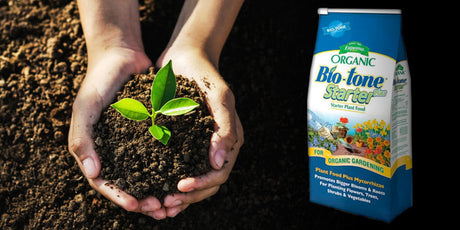
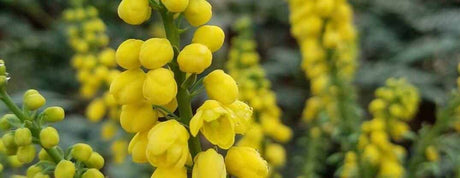
PBM Team |
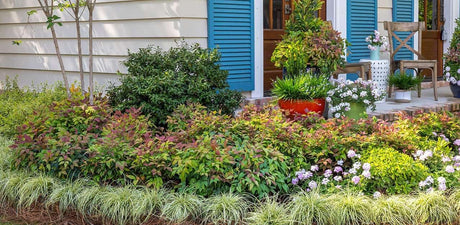
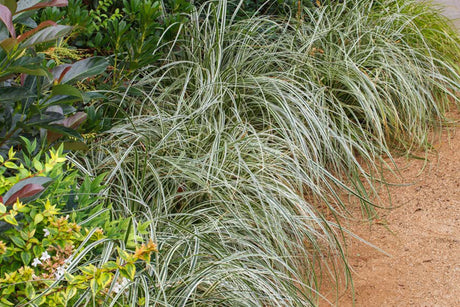
PBM Team |
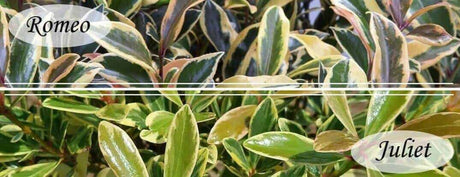
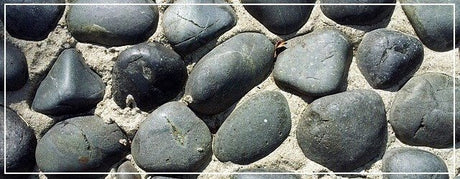
PBM Team |





